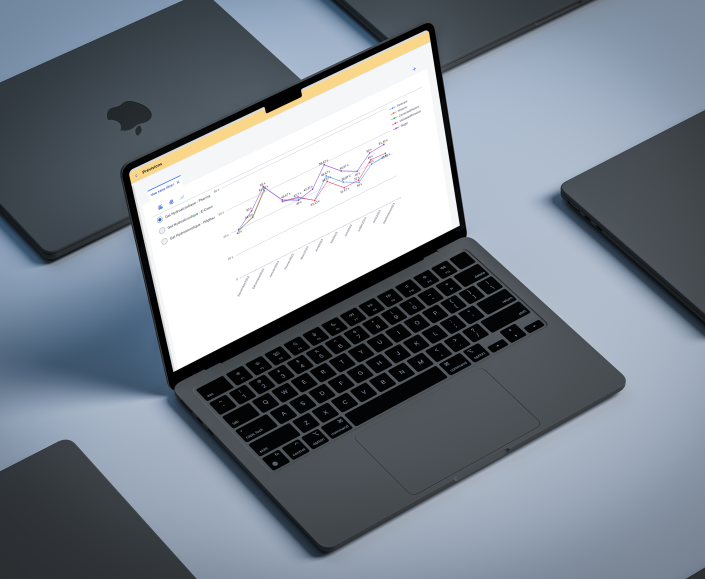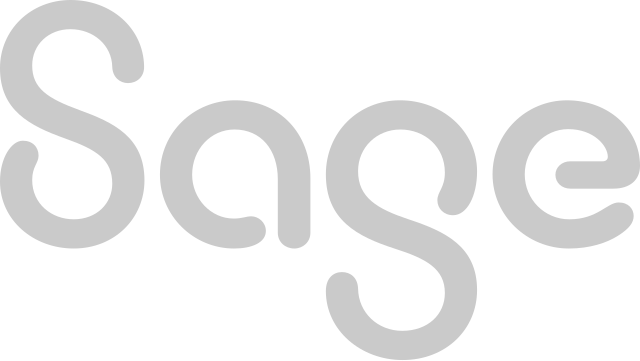Variations are managed through simulation using scenarios, across different levels of modeling (at the product family level, distribution channels). A forecasting calculation model is applied at each modeling node.
Demand Planning
PlaniSense's Demand Planning module is a powerful tool that helps you accurately forecast demand and achieve your sales targets.

Anticipate and shape customer demand
The demand planning module is an essential component of the PlaniSense solution. It enables you to predict market trends, anticipate commercial events and manage trade promotions effectively.
It helps managers make informed decisions for proactive and accurate demand management over the mid and long term.
Features















The benefits
.png?width=960&height=540&name=Design%20sans%20titre%20(45).png)
PlaniSense overcomes the weaknesses and rigidity of conventional demand planning systems.
.png?width=960&height=540&name=Design%20sans%20titre%20(46).png)
PlaniSense is based on a simple, ergonomic design.
.png?width=960&height=540&name=Design%20sans%20titre%20(47).png)
PlaniSense offers modern technologies that enable real-time sequential or simultaneous collaborative working.
.png?width=960&height=540&name=Design%20sans%20titre%20(78).png)
PlaniSense helps keep operations aligned with the company's strategic orientations.
The module uses sophisticated algorithms with automatic selection of forecasting models based on analyzed historical data. For example, the "best-fit" functionality automatically selects the most suitable model according to the configured criteria.
Marketing events and promotions are managed through specific features synchronized with the demand planning module. Past promotions can be used as historical data to refine forecasts and make future adjustments.
The module includes collaborative workflows with validation steps, allowing each user to comment on and adjust forecasts in real time. Customized dashboards provide a shared visualization, facilitating coordination between teams.
Yes, the system offers configurable thresholds that allow users to set alerts for any critical discrepancy between forecasts and actual demand, ensuring a quick response. Additionally, other alerts can be configured to support exception-based management.
